Orbital Decompression
Thyroid Eye Disease (Graves’ Eye Disease) is an autoimmune disorder that affects the eye and eye socket tissues (eyelids, muscles, fatty tissue) associated with thyroid conditions. Some patients have a previous diagnosis of hyperthyroidism, hypothyroidism, and some may have no thyroid abnormality at all. Despite control of a thyroid condition, some patients may still develop eye manifestations.
In general, patients with thyroid eye disease follow a progressive course that begins with inflammatory symptoms such as eye redness, irritation, dryness, tearing and change in appearance of the eyes and eyelids. Some patients may progress rapidly over weeks to months, whereas others may progress over months to years. In cases with moderate inflammation, patients note that their eyes may appear more “wide open” (eyelid retraction) and “bulging” of the eyes (exophthalmos). Others develop double vision, which severely impacts day-to-day functioning such as work, driving and reading. A very small number of patients progress to a severe state, which can threaten vision from pressure on the optic nerve and exposure of the cornea.
This condition is usually self-limited and stabilizes over 12-18 months. During this time period, it is important to have regular evaluations by a specialist in orbital diseases to ensure proper treatment and prevention of more severe complications. Even after the disease “burns out,” the appearance of the eyes can permanently affected.
For more information on thyroid eye disease visit www.ThyroidEyeDisease.org
Evaluation and Treatment
A thorough evaluation with an ophthalmologist and endocrinologist (to treat any thyroid abnormalities) is essential. In mild cases, symptomatic treatment is recommended with regular use of ocular lubricants (artificial tears, gels, ointments), use of oral Selenium supplements, and smoking cessation if applicable. For double vision (diplopia), patching or prism spectacles are sometimes prescribed. For significant inflammation, systemic steroids or other medications to suppress the inflammation are recommended. In severe, vision-threatening cases, surgical intervention is performed to lessen pressure on the optic nerve (orbital decompression).
A revolutionary treatment for Thyroid Eye Disease has recently become FDA approved called Tepezza®. This medication has been clinically proven to reduce proptosis (bulging of the eyes) by targeting the underlying cause of thyroid eye disease. Tepezza is given as an 8-dose IV infusion over the course of 6 months. For more information on Tepezza® please visit the company website here.
Patients that have stable thyroid eye disease are candidates for reconstructive surgery to restore the appearance of the eyes and eyelids. Surgical procedures involve changing the shape and height of the eyelids, eye muscle surgery to correct double vision, and orbital decompression to reduce bulging of the eyes.
Orbital Decompression Surgery
This surgery involves manipulating the bony structure of the eye sockets and the soft tissue (fat) around the eyes. Dr. Joos uses a customized approach to orbital decompression depending on the patient’s needs and goals. We understand how difficult and distressing thyroid eye disease can be for our patients. Please contact us for a consultation. We are here to help you.

